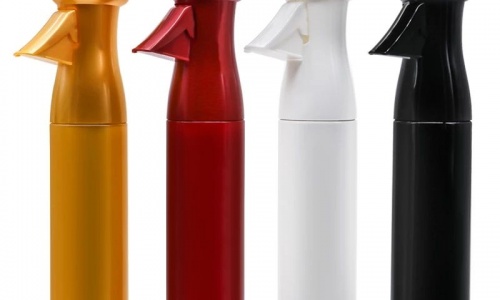
Droppers and pipettes are essential tools used across healthcare, science, and more. Although small, they play a big role in transferring and measuring liquids accurately.
What Are Droppers And Pipettes?
A dropper consists of a squeezable tube used to transfer small volumes of liquid, drop by drop. A pipette is designed to precisely measure and transfer liquids in volumes ranging from microliters to milliliters.
Types Of Droppers
- Glass droppers – Durable, chemically resistant, transparent. Used in pharmaceuticals and essential oils.
- Plastic droppers – Lightweight, cost-effective. Used in labs for non-reactive substances.
- Graduated droppers – Allow accurate measurements with volume markings. Essential for medical dosing.
Types Of Pipettes
- Pasteur pipettes – Disposable plastic/glass tubes for transferring small volumes in labs.
- Volumetric pipettes – Highly accurate and calibrated for specific volumes. Ideal for analytical work.
- Micropipettes – Measure microliter volumes precisely. Vital for molecular biology and diagnostics.
How Do Droppers Work?
Droppers use capillary action to draw liquid into the tube and surface tension to hold it. Squeezing the bulb forces the liquid out in drops. Some rely on gravity, others require squeezing.
How Do Pipettes Work?
Pipettes use displacement to draw liquid into the tip, measuring the volume precisely. They allow accurate dispensing of liquids, critical in labs and clinics.
Applications In Healthcare
- Medical testing – Precise handling of samples for accurate diagnoses.
- Pharmaceuticals – Ensure correct drug dosages for treatment effectiveness.
Uses In Science
- Research labs – Enable accurate measurements and experiments.
- Scientists – Dispense reagents and perform experiments reliably.
Uses In DIY
- Arts and crafts – Blend pigments and create intricate designs.
- Aromatherapy – Dispense essential oils safely.
Maintenance Tips
- Clean and sterilize properly to prevent contamination.
- Follow hygiene protocols, especially in healthcare/science.
Choosing The Right Tool
Consider the liquid, required precision, and usage environment. Select appropriate size and material for the application.
Safety Tips
- Use proper protective gear when handling hazardous substances.
- Employ correct techniques to prevent accidents.
Recent Advancements
- Automated and digital pipettes for improved efficiency.
- Eco-friendly materials and production processes.
Common Mistakes
- Overfilling or underfilling.
- Mixing incompatible liquids.
In summary, droppers and pipettes play critical roles across diverse fields, enabling precise transfer and measurement of liquids. Their accuracy and versatility make them indispensable tools.






